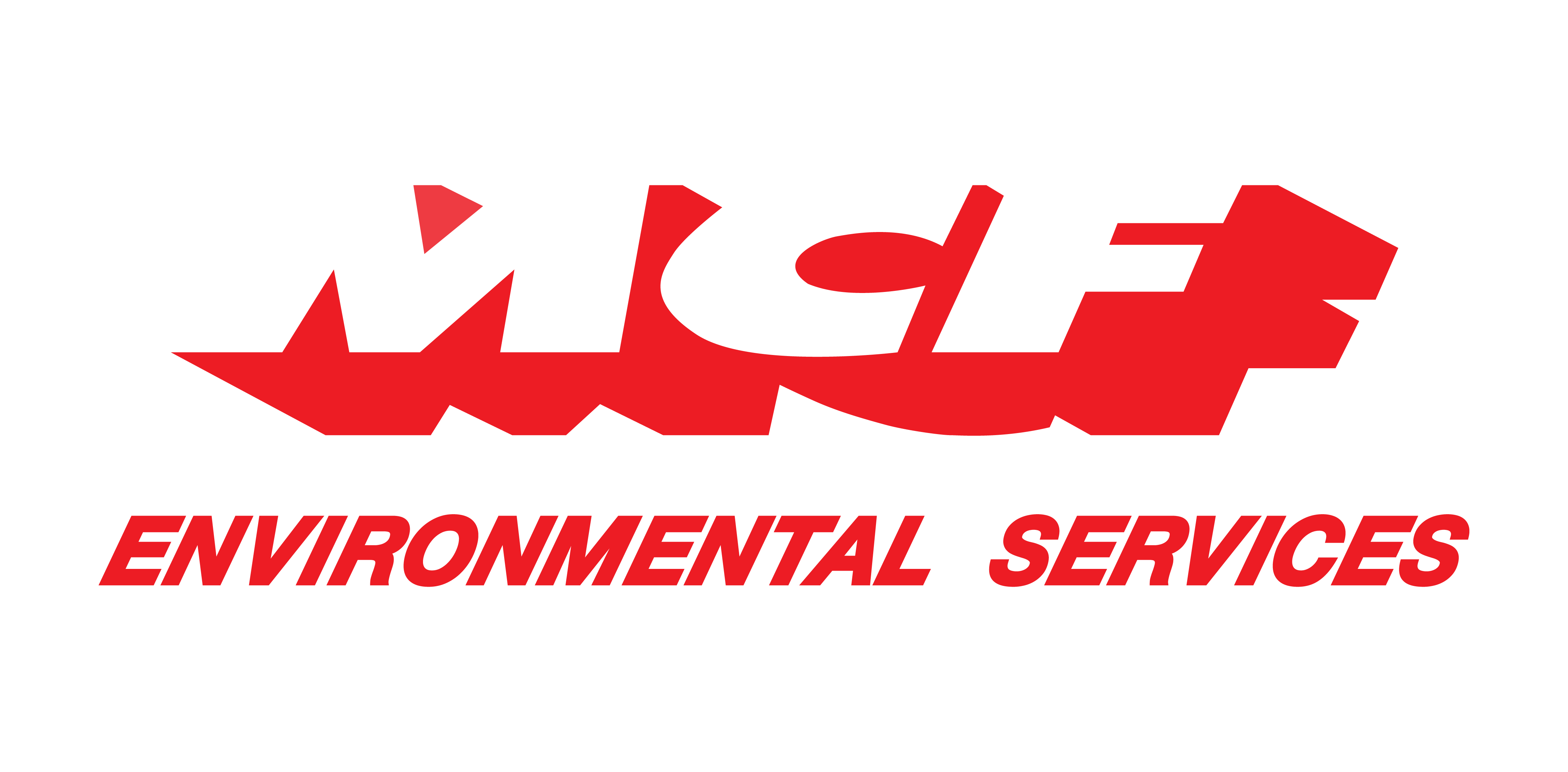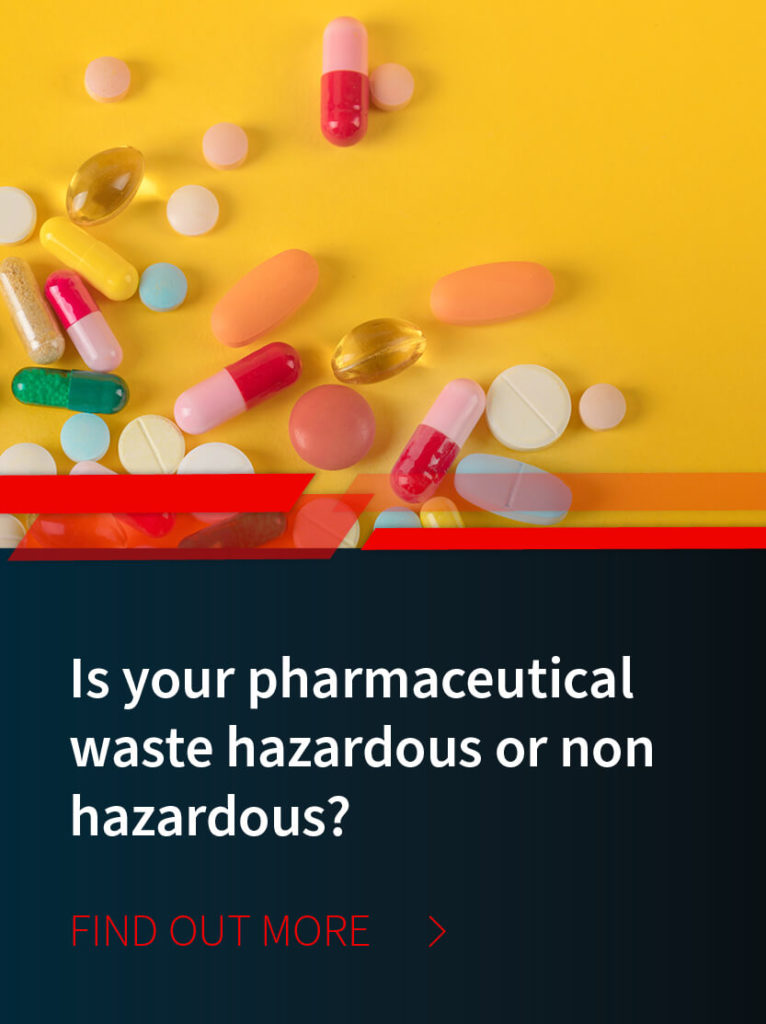
Basic Information
Legal Authority:
- 42 U.S.C. §6912 and 6921-6924
Code of Federal Regulations Citations
Docket Number
Rule Summary
The EPA Acting Administrator signed the final rule, titled, “Management Standards for Hazardous Waste Pharmaceuticals and Amendment to the P075 Listing for Nicotine” on December 11, 2018 and it was published in the Federal Register (FR) on February 22, 2019.
This final rule establishes cost- saving, streamlined standards for handling hazardous waste pharmaceuticals to better fit the operations of the healthcare sector while maintaining protection of human health and the environment.
Importantly, this final rule will make our drinking and surface water safer and healthier by reducing the amount of hazardous waste pharmaceuticals entering our waterways by 1,644 to 2,300 tons on an annual basis by prohibiting all facilities subject to the rule from sewering them. This action will help address the issue highlighted by a growing body of publicly available studies documenting the presence of pharmaceuticals in drinking and surface waters as well as their negative impacts to aquatic and riparian ecosystems.
In addition, under this final rule, FDA-approved, over-the-counter nicotine replacement therapies (i.e., nicotine patches, gums and lozenges) will no longer be considered hazardous waste when discarded, which will result in significant cost savings and burden reduction in the management of these types of nicotine wastes.
Finally, the final rule reaffirms EPA’s long-standing policy that non-prescription pharmaceuticals and other unsold retail items that have a reasonable expectation of being legitimately used/reused or reclaimed are not solid waste. It also provides regulatory certainty that the Resource Conservation and Recovery Act (RCRA) applies when healthcare facilities send unused, unsaleable prescription hazardous waste pharmaceuticals to reverse distributors to receive manufacturer credit. Simultaneously, the rule incorporates flexibilities to accommodate current reverse distribution business practices to facilitate its implementation.
Webinar Recording and Slides Available
EPA presented a webinar about the contents of the final rule on February 14, 2019 and a recording of that webinar is now available. Click the "View Archive" button on the webinar web page to access the recording. Additionally, the presentation slides from the webinar can be found in the "Webinar Slides" tab on this same page. EPA will delivery this same presentation two more times in March, but due to high interest, these webinars are all full. If we are able to schedule additional deliveries of this presentation, we will post that information here.
Rule History
In 2008, EPA proposed to add pharmaceuticals to the types of hazardous wastes that could be managed as Universal Wastes (volume 73 of the Federal Register - FR - starting on page 73520, December 2, 2008). Although commenters supported the idea of new regulations for the management of pharmaceuticals, there were numerous concerns over the lack of notification requirements for those facilities that generate, handle or transport pharmaceutical “universal wastes” as well as for the lack of tracking requirements for the shipment of these wastes. Therefore, the Agency decided to not finalize the 2008 proposed rule, but rather develop another proposal for new standards for the management and disposal of pharmaceutical hazardous waste that are generated by healthcare-related facilities.
EPA issued a new proposal for the management of hazardous waste pharmaceuticals by healthcare facilities and reverse distributors on September 25, 2015 (80 FR 58014). This proposal responded to the concerns raised on the universal waste proposal as well as feedback from the RCRA Retail Notice of Data Availability (79 FR 8926, February 14, 2014).
EPA significantly engaged states and other stakeholders on these issues over the years and carefully evaluated the comments from states, pharmacies, retailers, healthcare facilities, reverse distributors, environmental organizations, and other members of the public. This final rule incorporates certain significant changes from the proposal to address comments and provide additional flexibilities.
Additional Resources








